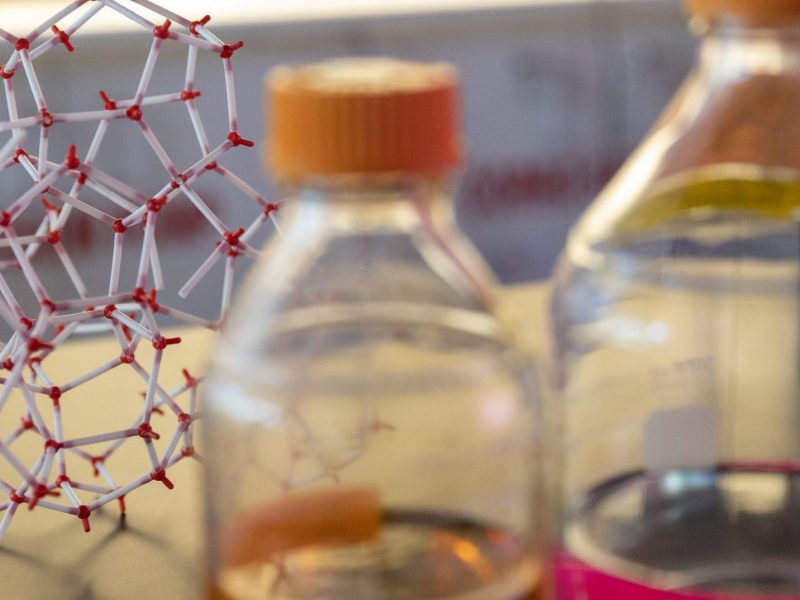Description
During the pandemic, one of the most pressing problems has been related to testing to detect the presence of the virus. The main method to test for SARS-CoV-2 is the reverse transcriptase-polymerase chain reaction (RT-PCR) from pharyngeal or nasal swabs. Recent research has suggested that the sensitivity of RT-PCR is 62 percent for nasal swabs, which is very troublesome.
This technology provides a new testing method that can be implemented massively and with higher sensitivity and reliability. The method is based on Surface Enhanced Raman Spectroscopy (SERS), which reveals the vibrational and rotational modes of a molecule and therefore provides a unique fingerprint of the molecule.
Additional information
Patent number and inventor
17/223,367
Miguel José Yacamán, Andrew Koppisch, Paul Keim, David Wagner, and Robert Kellar.
Potential applications
The primary application for this technology is the detection of the SARS-CoV-2 virus for diagnostic purposes.
Benefits and advantages
Raman signals are produced by inelastic scattering of the light and are therefore very weak. SERS provides a large enhancement of the signal, which makes single molecule detection possible.
Case number and licensing status
2020-033
This invention is available for licensing.

